Your cart is currently empty!
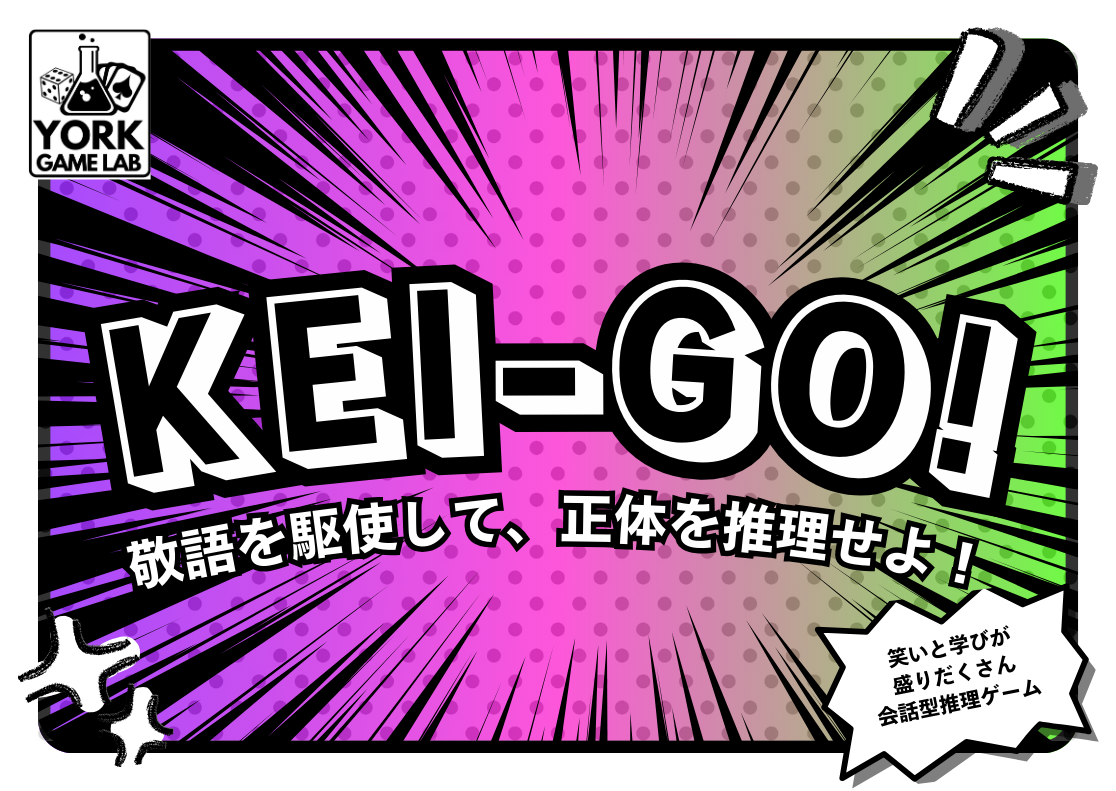
KEI-GO!
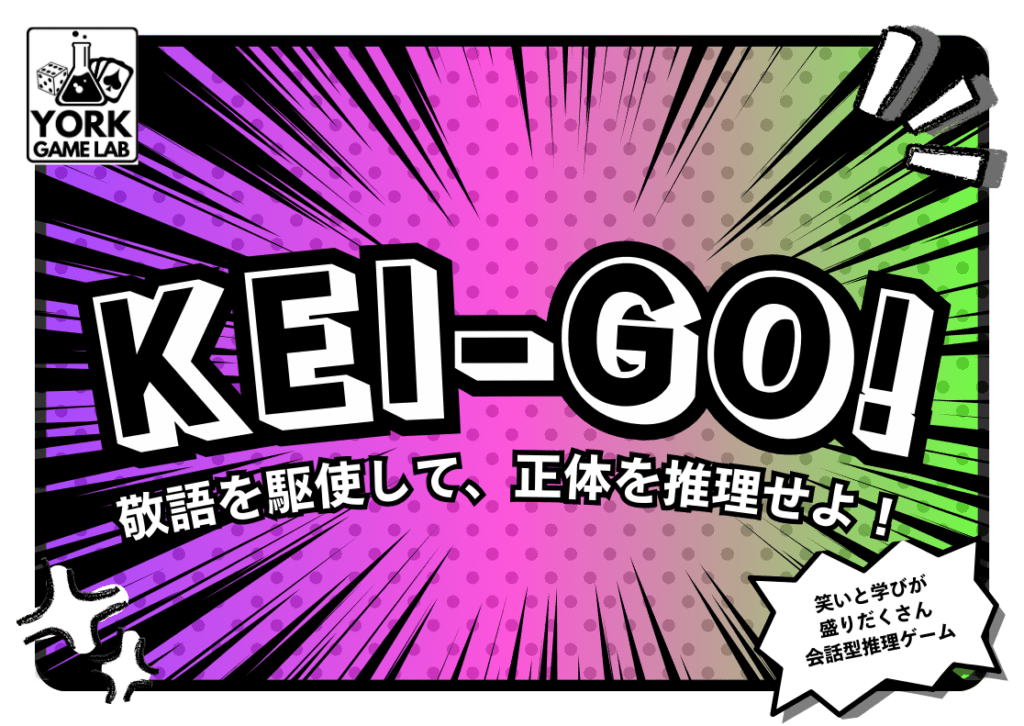
Details
- Number of players: 3 to 5
- Playtime: around 15 minutes
- Game Designer/Director: James York
- Graphic Designer/Art Director: Martin Sedaghat
- Japanese Proofing: Ueda Baku
How to play
In this game, players have a “role” which is simply a number from 1 to 4. The number indicates seniority or social standing in general so that the person who has the 4-role is the most senior and the person with 1-role is the least travelled up the social ladder. (Respect your seniors!)
The game’s core mechanic is using “keigo” (Japanese polite language) to speak to other players based on their role, thus giving them a clue as to how senior (or not) they are.
Rulebook
You can find a simple version of the rulebook in English here, and Japanese here.
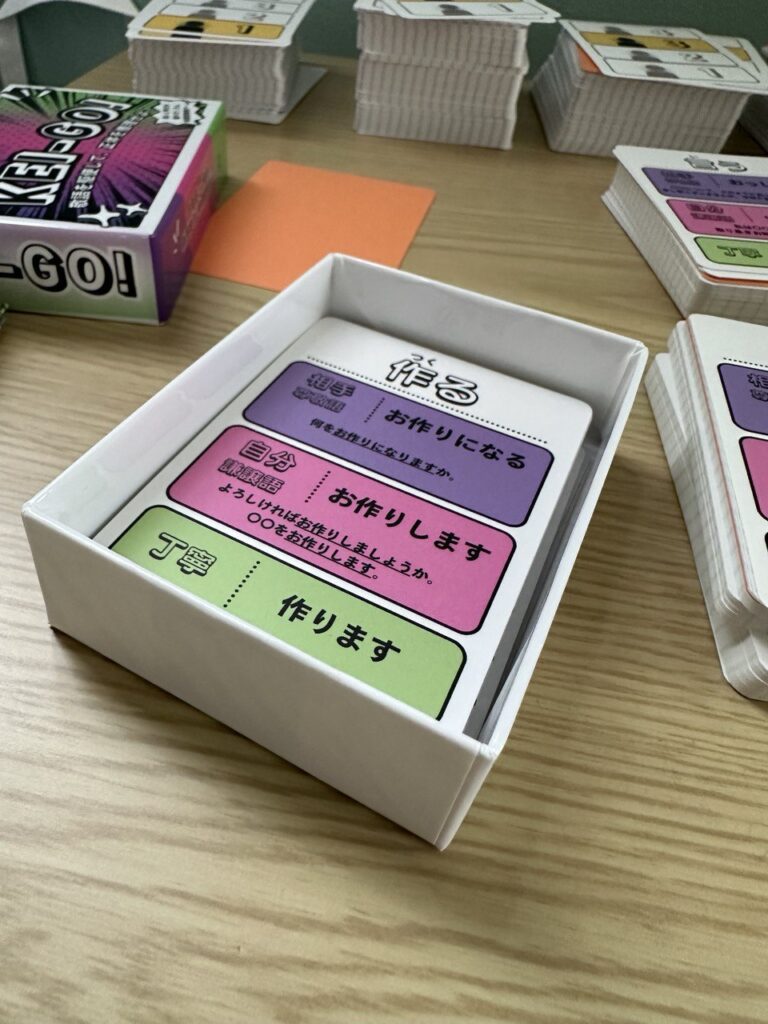
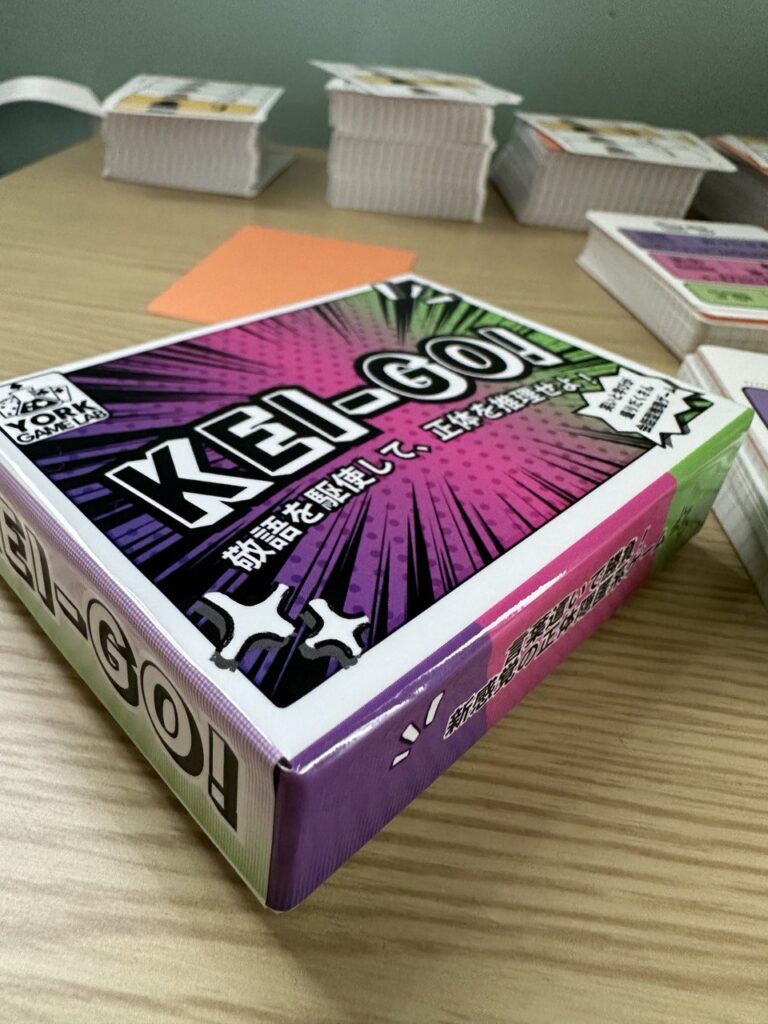
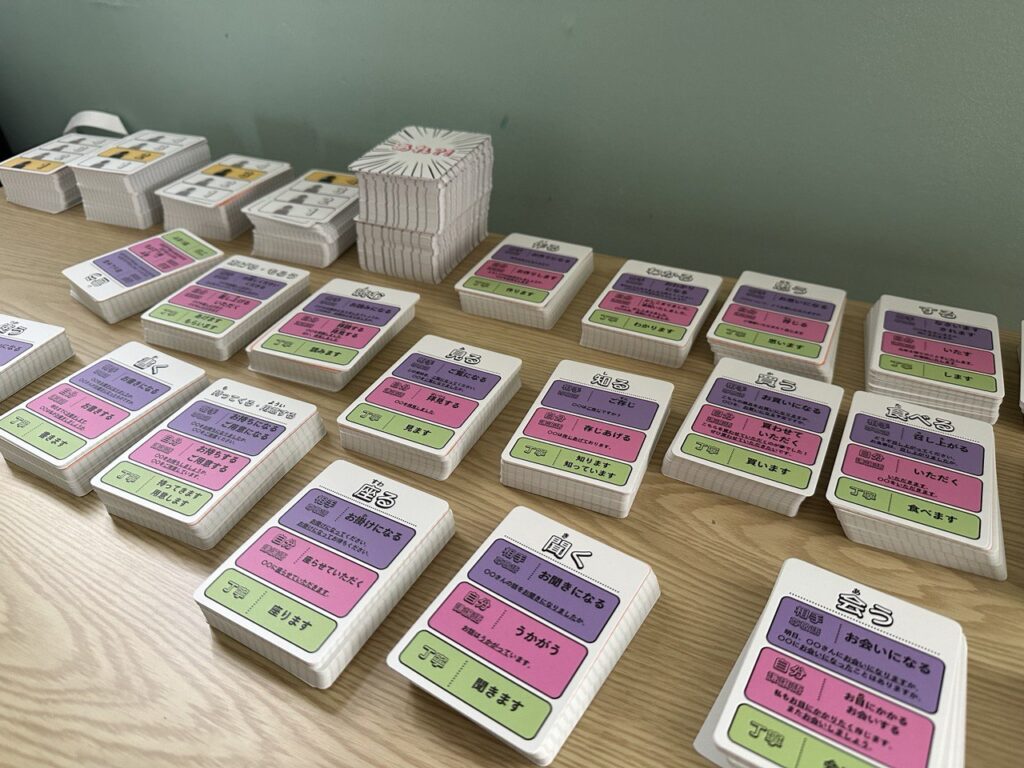
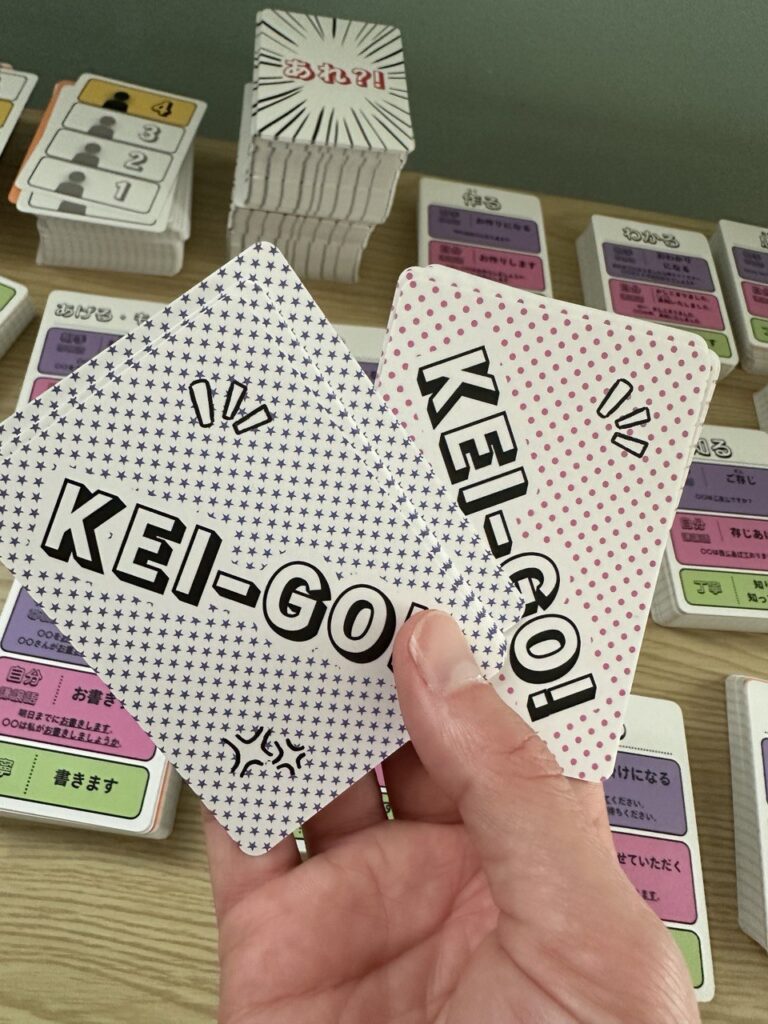
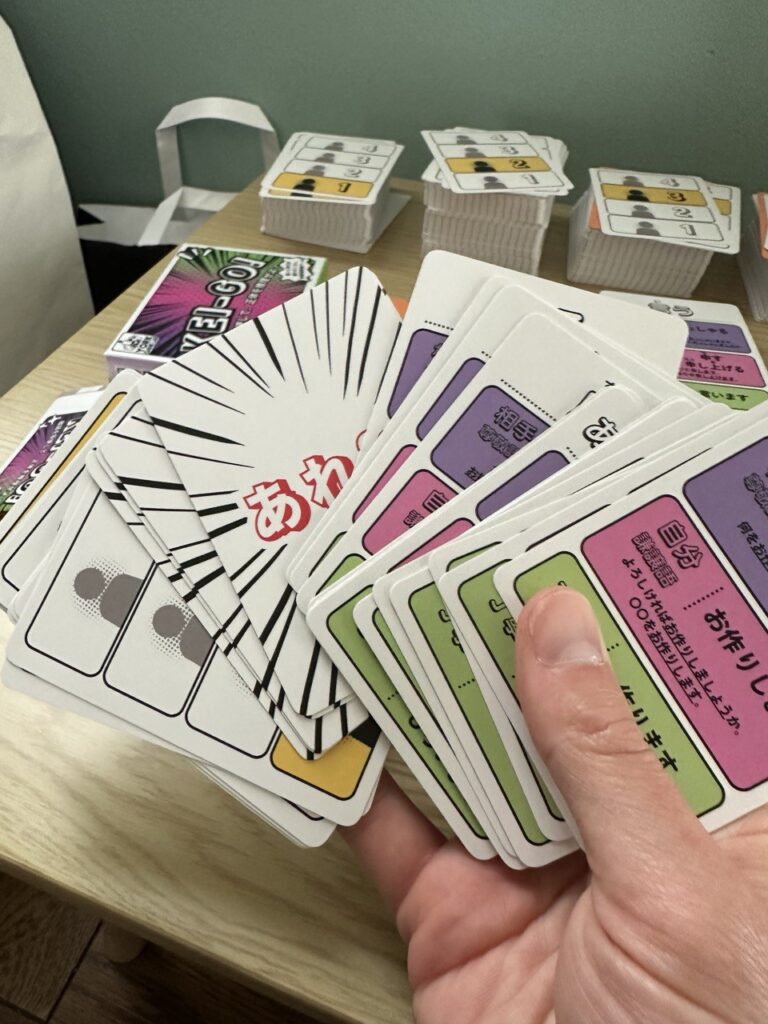
Devlogs:
Initial conception
I first had the idea to make this game back in 2018. Yes, a long time ago. At the time, I was inspired by the card game “Hanabi” and it’s mechanic of having the cards faced away from the player.
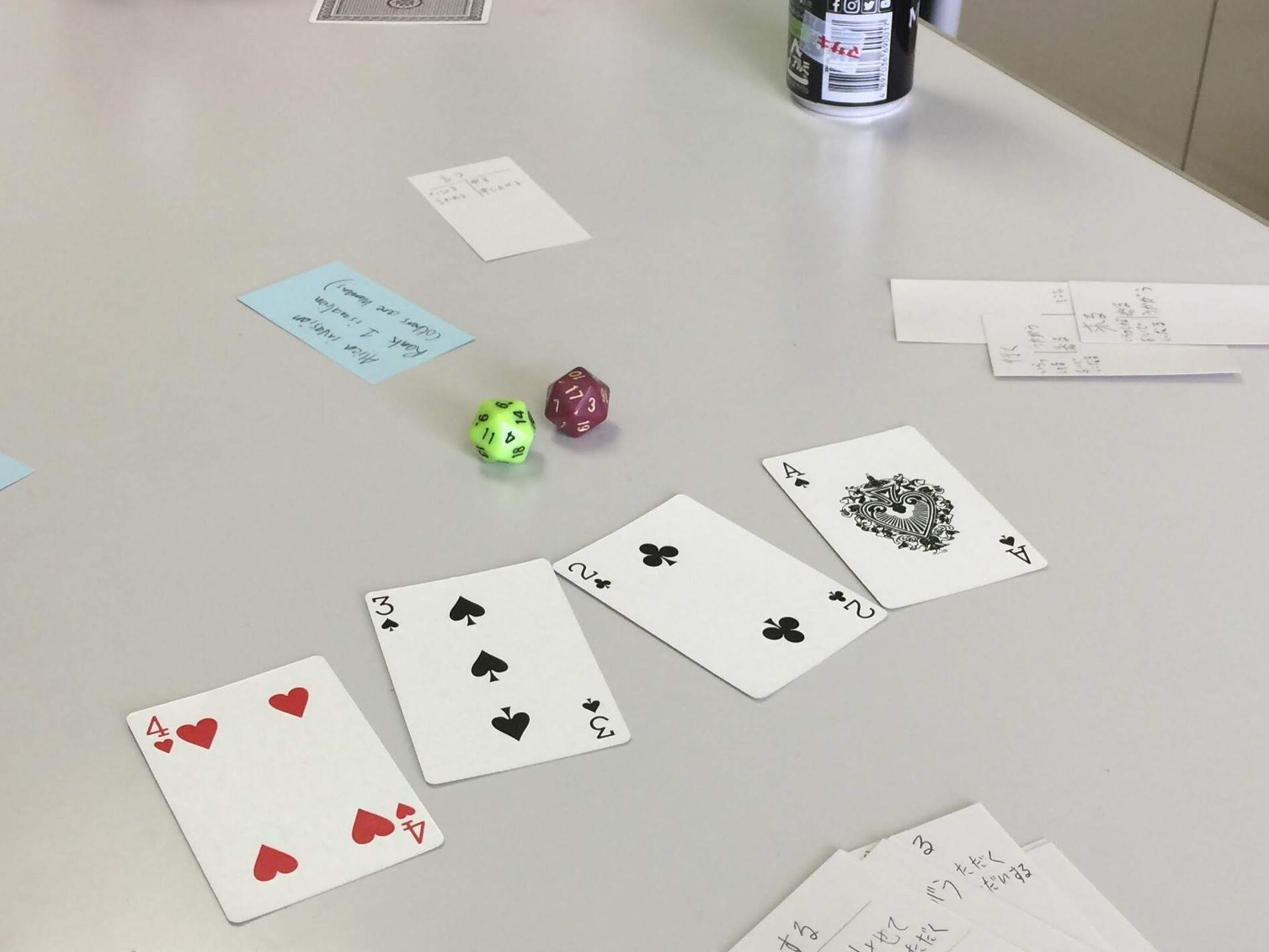
I thought about how the mechanic of not knowing your own card could be used as part of a hidden role game, like Werewolf and others.
We crafted a very simple prototype out of some flashcards (for the verbs) And a deck of cards for the roles (see above pic). So, in a way, the game was complete back then really. I left it as a prototype for the longest time because I had no major motivation to publish it as a game…
Card redesign idea
I came up with a big (possibly great) idea to change the direction of the games art.
I was thinking about Question Quest in relation to the design of KEI-GO! Without going into how the game works (I’m sure you can figure that out on your own…) on the cards in this game, there is a usage example for the grammar point at the top of each card.
Now, in KEI-GO! what is the hardest part of the game? –> Making questions.
What’s easiest? –> Using 丁寧語 because it’s just the ます version of verbs, which I’m sure ANYONE in our target audience that plays the game will know how to formulate.
So, big design decision – do we remove the 丁寧語 part of the card and put in some usage examples instead? This would aid the player in forming questions, and give correct usage examples, supporting and scaffolding their use of Keigo.
I’m playing with a redesign of the cards based on this idea.
Mock ups:
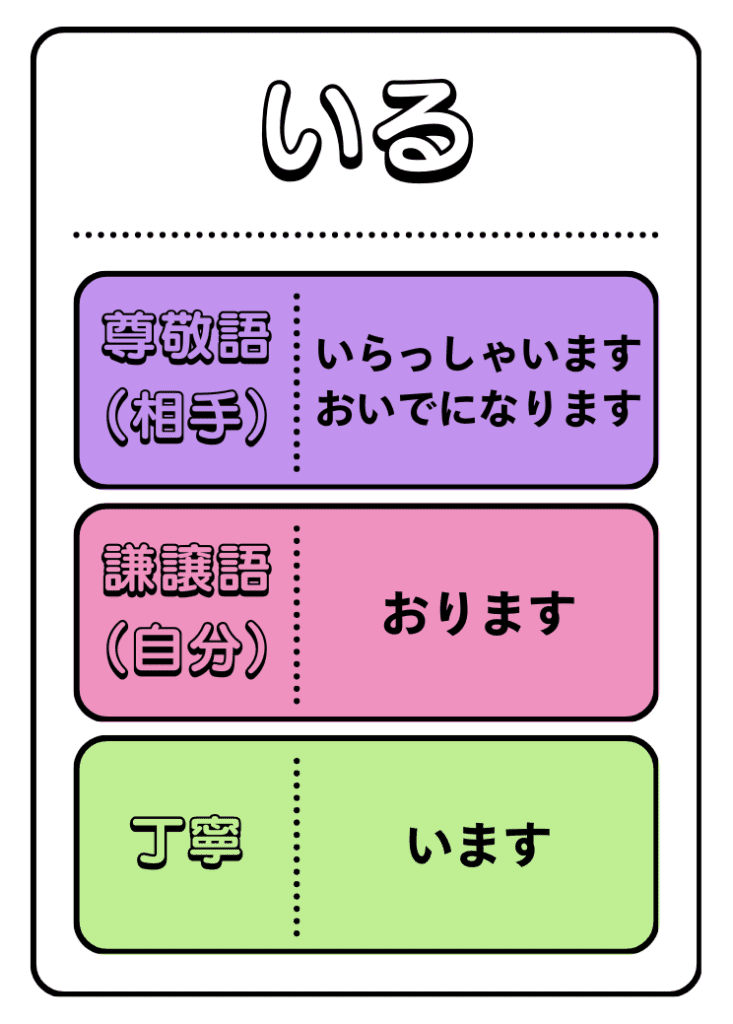
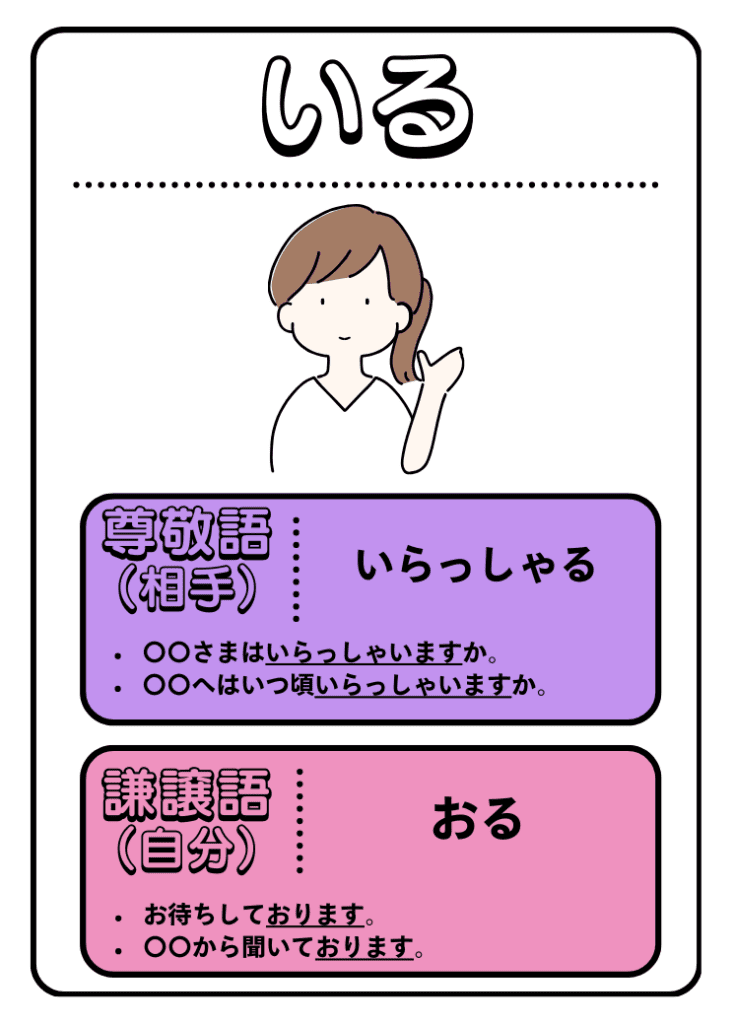
UPDATE: Inevitably though, we did choose to keep the illustrations on the cards, but we DID keep the example sentences. This is the final design:
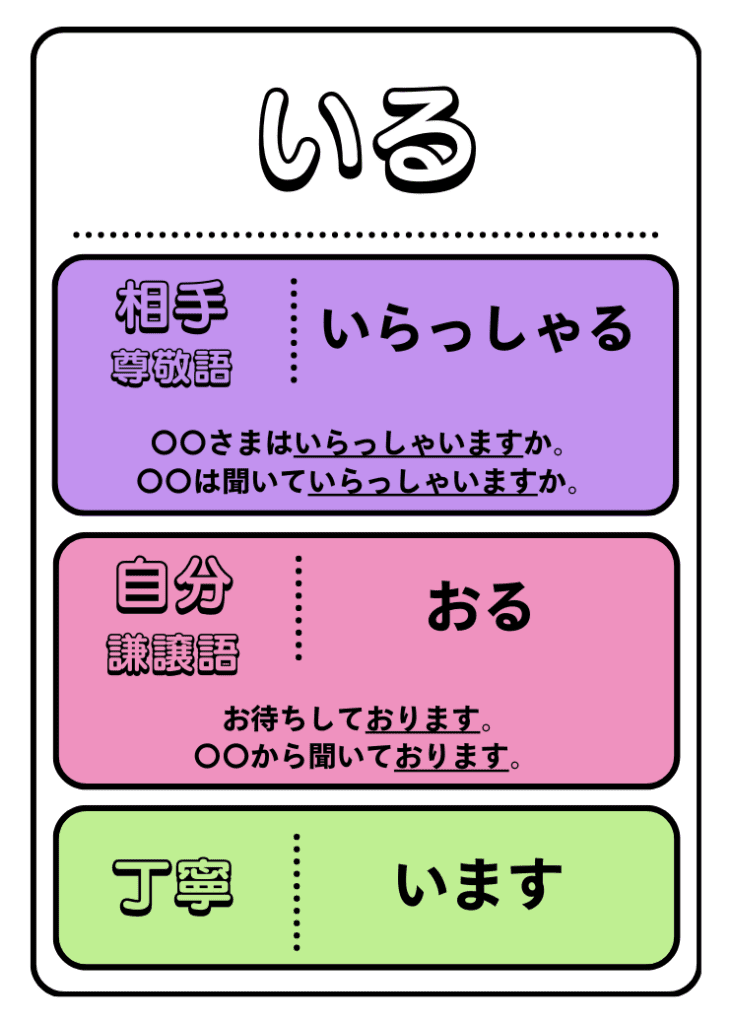
We playtested the game extensively on Tabletop Simulator:
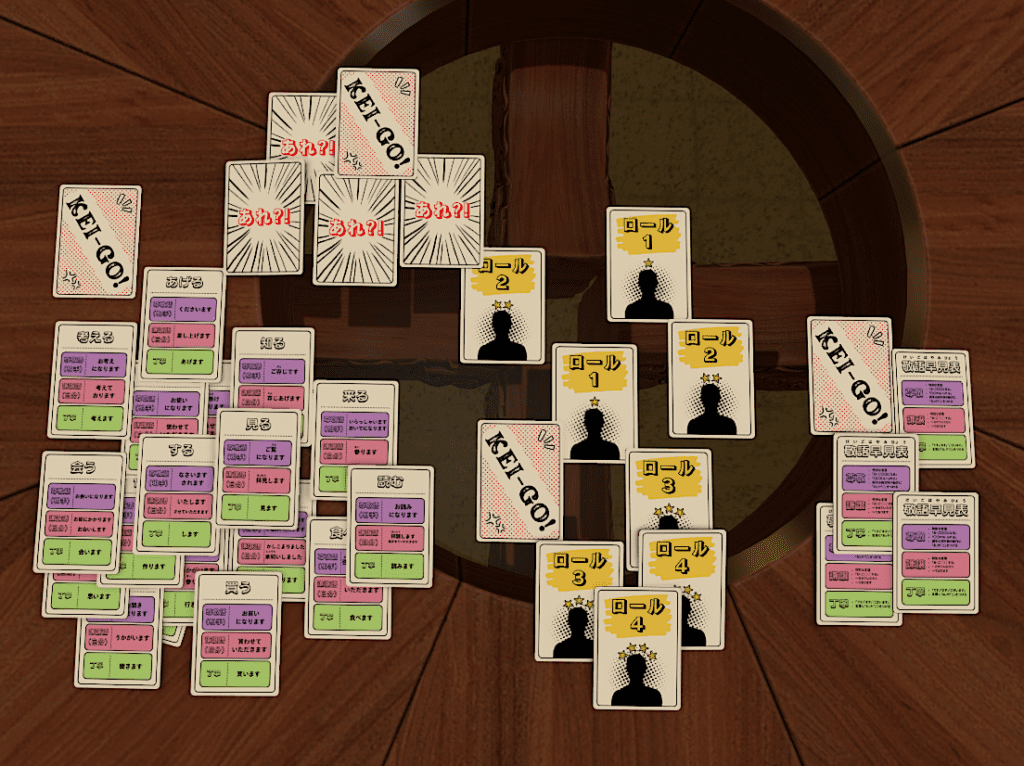
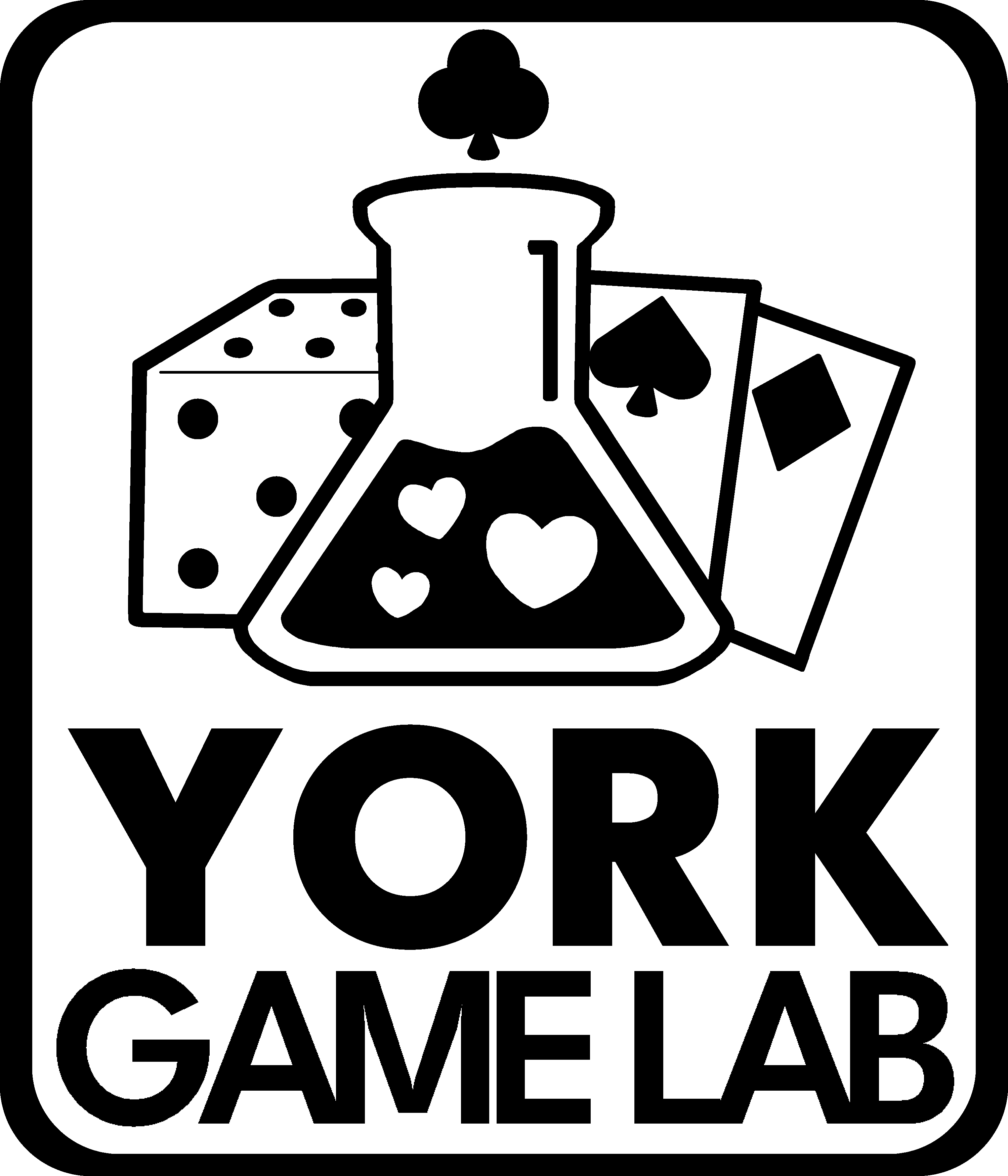
Leave a Reply